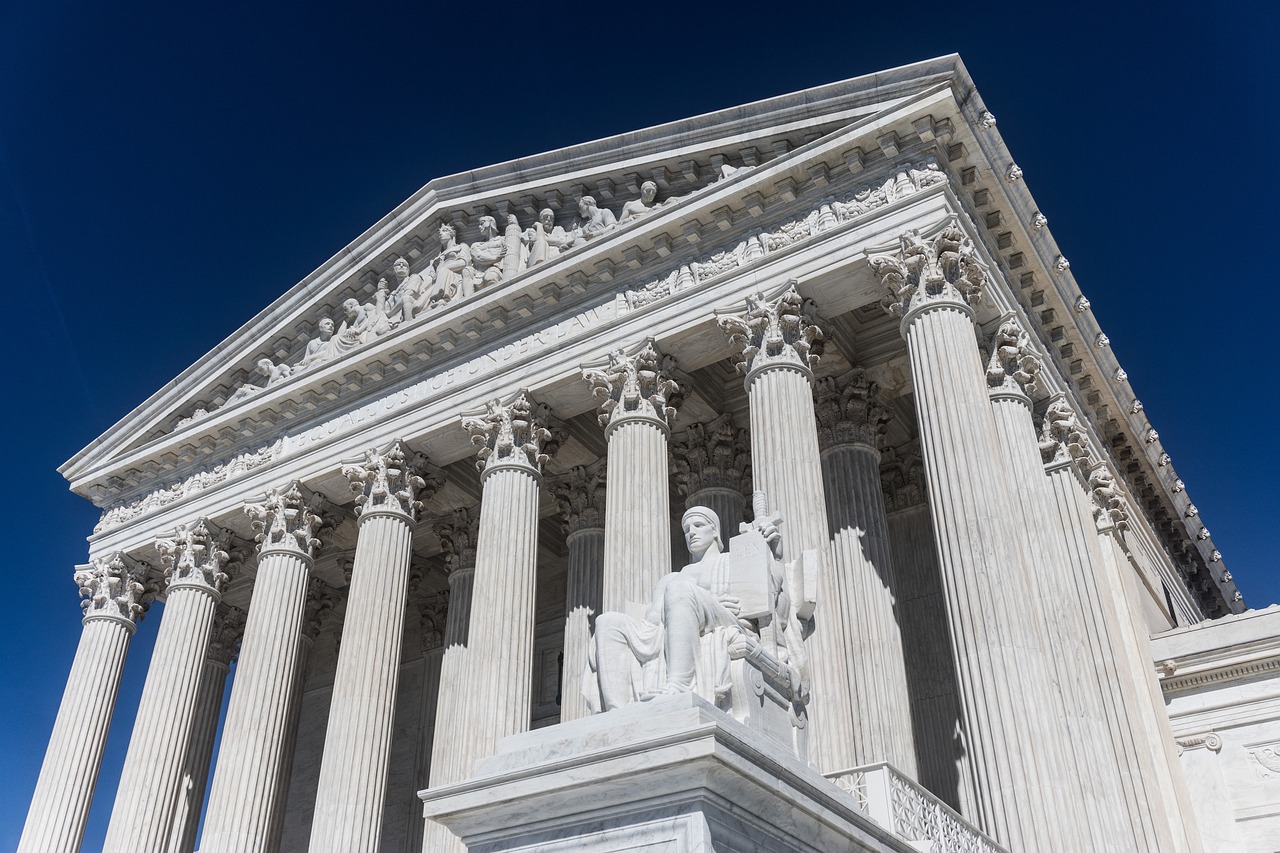The US Supreme Court on Thursday ruled in a 6-3 decision that copyright owners may recover damages for copyright infringement that occurred more than three years before the filing of a lawsuit.
Music producer Sherman Nealy initiated what would become Warner Chappell Music, Inc. v. Nealy in 2018 on the basis that Warner Chappell Music violated the copyright of his music. Nealy discovered in 2016 that Warnet Shappell was licensing his music. Nealy was in prison from 1989 to 2008 and 2012 to 2015. The alleged copyright infringements reach as far back as 2008.
The Copyright Act requires a civil suit to be filed “within three years after the claim accrued.” The interpretation of “accrued” has been disputed the lower appellate courts. Some courts have interpreted “accrued” to be when “an infringing act occurs.” The Eleventh Circuit was the lower appellate court for this case, and it interpreted “accrued” to be when “the plaintiff discovers, or with due diligence should have discovered,” the infringement. The defendants accepted the Eleventh Circuit’s discovery rule and argued that the plaintiffs could sue but could not recover damages beyond the three-year time limit.
The US Supreme Court decided to focus on the issue of whether the defendants’ interpretation of the discovery rule was correct because the discovery rule was unchallenged in this case. The court found that the plain meaning of the statute does not provide any time limit on recovery damages. The court also stated that the interpretation “would gut the discovery rule by eliminating any meaningful relief.” Accordingly, it affirmed the Eleventh Circuit’s decision.
The dissent, penned by Justice Neil Gorsuch, argued that the discovery rule does not apply in this case because it ordinarily applies only “in cases of fraud or concealment.” It also stated that the court has “long warned lower courts … against taking [an] ‘expansive approach to the discovery rule.'” The dissent understands that the majority does not wish to resolve issues of law not asserted by the parties of the suit, but it argues that “[n]othing requires [the court] to play along with these particular parties and expound on the details of a rule of law that they may assume but very likely does not exist.” Accordingly, it would have reversed the Eleventh Circuit’s decision.


